New Agendas in Remote Sensing and Landscape Archaeology in the Near East: Studies in Honour of Tony J. Wilkinson
edited by Dan Lawrence, Mark Altaweel and Graham Philip. Paperback; 205x290mm; 346 pages; 181 figures, 22 tables, 10 plates (46 pages of colour). 662 2020. Available both in print and Open Access. Printed ISBN 9781789695731. Epublication ISBN 9781789695748.
![Book contents page]()
![Download Full PDF]()
edited by Dan Lawrence, Mark Altaweel and Graham Philip. Paperback; 205x290mm; 346 pages; 181 figures, 22 tables, 10 plates (46 pages of colour). 662 2020. Available both in print and Open Access. Printed ISBN 9781789695731. Epublication ISBN 9781789695748.


New Agendas in Remote Sensing and Landscape Archaeology in the Near East is a collection of papers produced in honour of Tony James Wilkinson, who was Professor of Archaeology at Durham University from 2006 until his death in 2014. Though commemorative in concept, the volume is an assemblage of new research representing emerging agendas and innovative methods in remote sensing. The intention is to explore the opportunities and challenges faced by researchers in the field today, and the tools, techniques, and theoretical approaches available to resolve them within the framework of landscape archaeology. The papers build on the traditional strengths of landscape archaeology, such as geoarchaeology and settlement pattern analysis, as well as integrating data sources to address major research questions, such as the ancient economy, urbanism, water management and the treatment of the dead. The authors demonstrate the importance of an interdisciplinary approach for understanding the impact of human activity on shaping the landscape and the effect that landscape has on sociocultural development.
About the Editors
Dr Dan Lawrence is an Associate Professor in the department of Archaeology at Durham University and director of the Archaeology Informatics Laboratory, a specialist hub for remote sensing and computational approaches to the archaeological record. He has directed landscape survey projects across the Middle East and Central Asia, and is currently working on the publication of survey work in Azerbaijan and Kazakhstan. ;
Mark Altaweel is Reader in Near East Archaeology at the Institute of Archaeology, University College London. He has taught courses and conducted research on Near Eastern history and archaeology, using GIS, computational modelling, big data analytics, remote sensing methods, and socialecological theory. He has led many projects in the Near East while being also involved in various research projects on complex systems in other disciplines. ;
Graham Philip is Professor of Near Eastern Archaeology in the Department of Archaeology, Durham University. He has served as Editor of the journal Levant since 2008. He excavated the Chalcolithic / Early Bronze Age site of Tell esh-Shuna North in Jordan (1991-94) and currently directs a collaborative project with the American University of Beirut at the Neolithic and EBA site of Tell Koubba in North Lebanon.

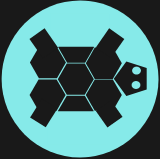

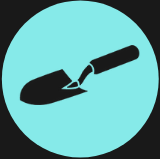













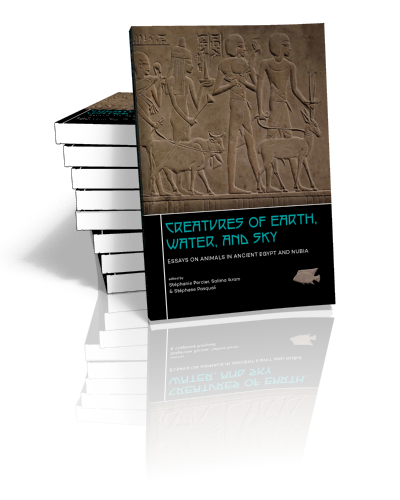

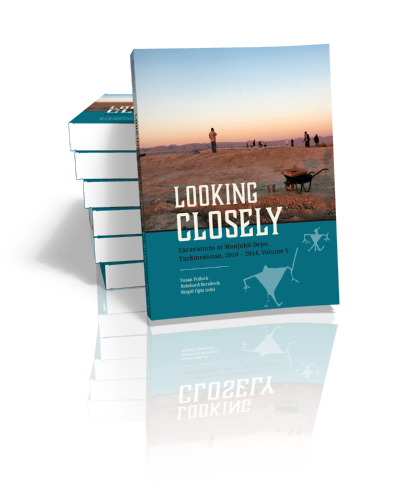

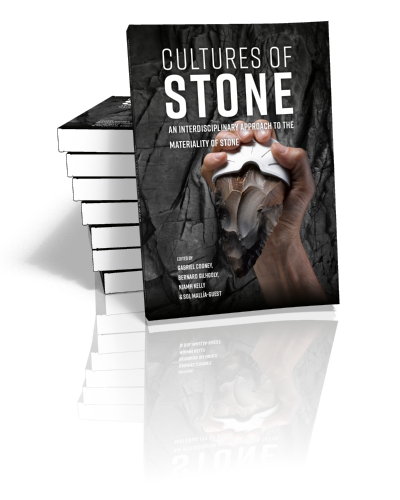








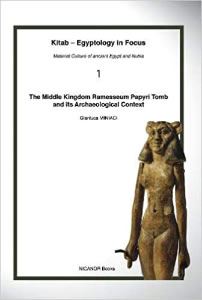

 Volume 14:2020
Volume 14:2020























